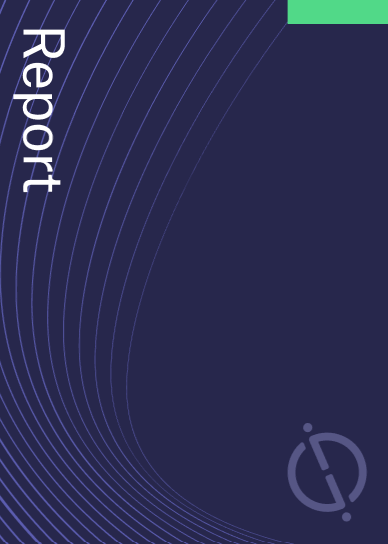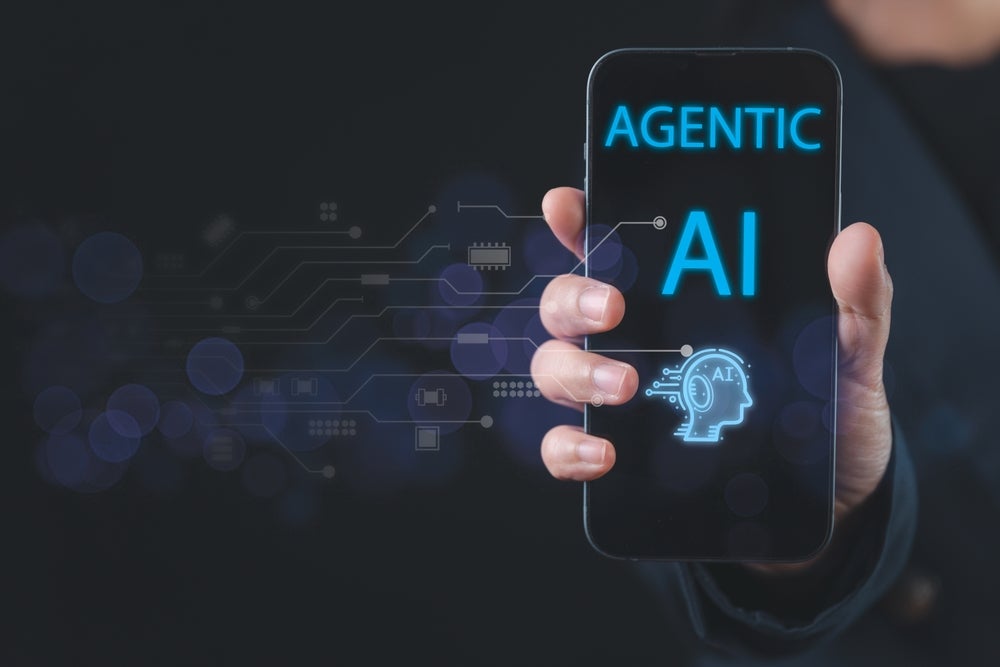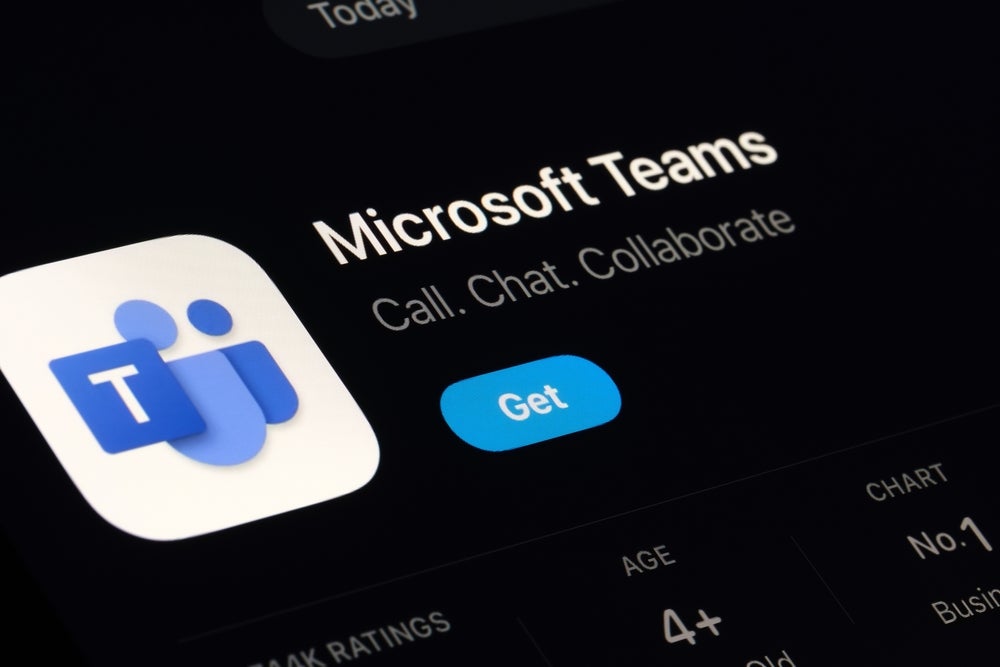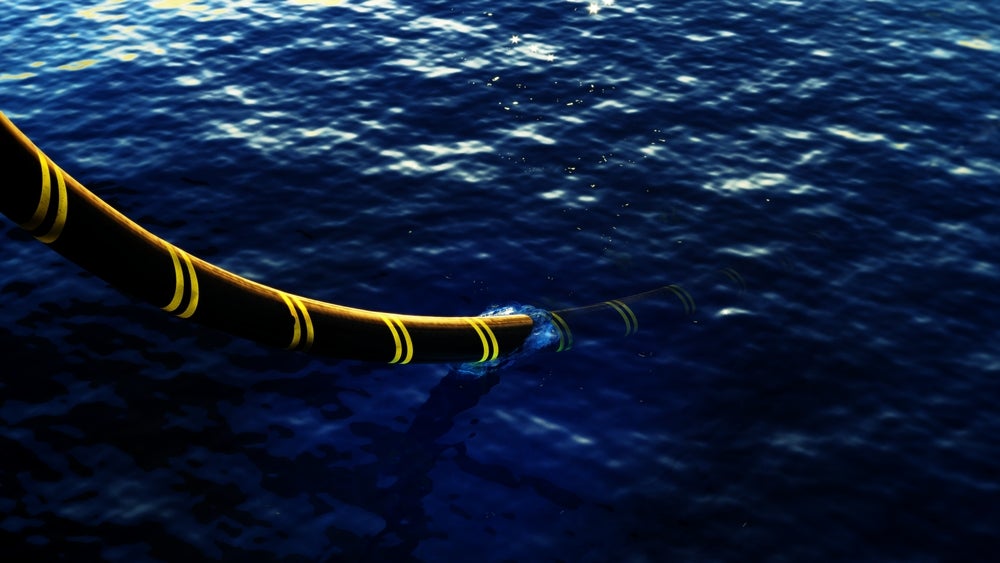Motorola Solutions has been granted a patent for a computer-implemented method and system for video redaction of disclosure-protected objects. The method involves dividing a video interval into sub-intervals and carrying out unique random image substitution over each sub-interval for redaction purposes. The system employs time-dependent feature data and image region replacements to sequentially redact the disclosure-protected object from the video. GlobalData’s report on Motorola Solutions gives a 360-degree view of the company including its patenting strategy. Buy the report here.

Access deeper industry intelligence
Experience unmatched clarity with a single platform that combines unique data, AI, and human expertise.
According to GlobalData’s company profile on Motorola Solutions, emergency response systems was a key innovation area identified from patents. Motorola Solutions's grant share as of September 2023 was 60%. Grant share is based on the ratio of number of grants to total number of patents.
Video redaction of disclosure-protected objects using unique image substitution
A recently granted patent (Publication Number: US11769233B1) describes a computer-implemented method and system for redacting disclosure-protected objects from videos. The method involves identifying the disclosure-protected object within the video and obtaining time-dependent feature data for the object. The video interval is then divided into multiple sub-intervals, and the feature data is divided into corresponding subsets. The method generates image region replacements for each sub-interval, which are selectively matched and organized in a defined time appearance order. These image region replacements are then used to sequentially redact the disclosure-protected object from the video.
In one embodiment, the disclosure-protected object is a person's face, and the image region replacements depict different faces of other people. The method employs a randomization or pseudo-randomization engine to determine when each replacement face appears and the duration of each sub-interval. The face angle of each replacement face is dynamically adjusted to match the changing face angle of the original face.
The patent also covers the redaction of text-displaying objects, such as license plates. In this case, the image region replacements depict different text-displaying objects, and a randomization engine or pseudo-randomization engine determines their appearance order and duration. The first text-displaying object, such as a license plate, may have specific characteristics like jurisdiction, visibility impairment, color, and shape, which are matched by the characteristics of the replacement objects.
The system described in the patent includes a video camera, a computer-readable storage medium, and a processor. The video camera captures the video, and the storage medium stores it. The processor is responsible for identifying the disclosure-protected object, obtaining feature data, dividing the video and feature data into sub-intervals and subsets, generating image region replacements, and applying them to redact the object from the video.
Overall, this patent presents a method and system for automatically redacting disclosure-protected objects from videos. It offers a solution for privacy protection by replacing the objects with visually similar alternatives in a controlled and organized manner. The method can be applied to various types of objects, including faces and text-displaying objects like license plates.
To know more about GlobalData’s detailed insights on Motorola Solutions, buy the report here.
Data Insights
From

The gold standard of business intelligence.
Blending expert knowledge with cutting-edge technology, GlobalData’s unrivalled proprietary data will enable you to decode what’s happening in your market. You can make better informed decisions and gain a future-proof advantage over your competitors.







